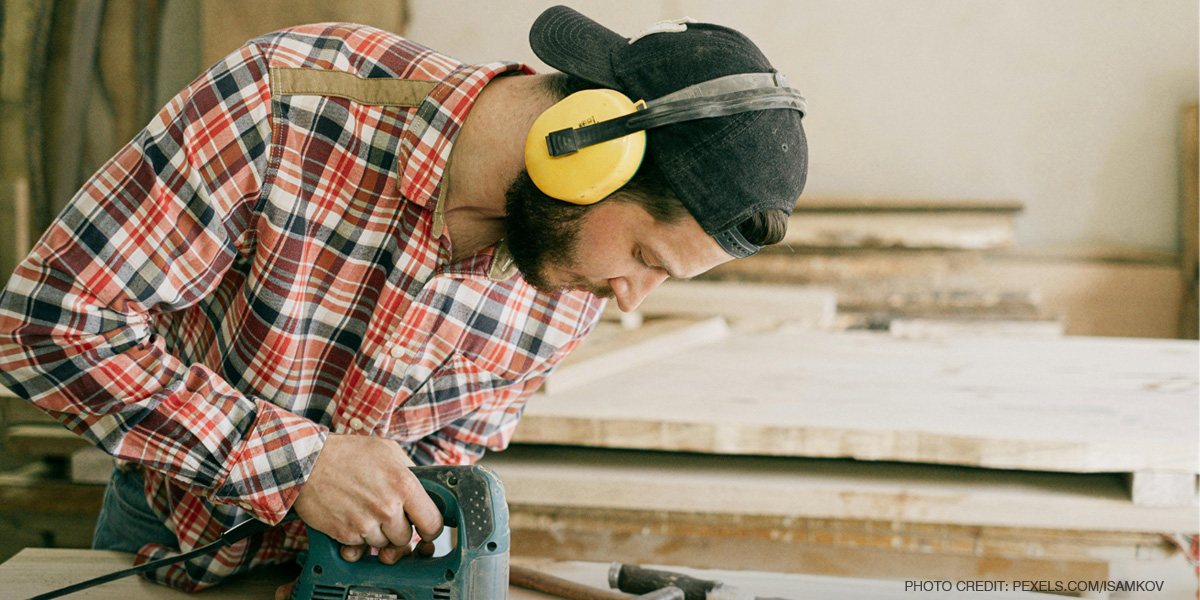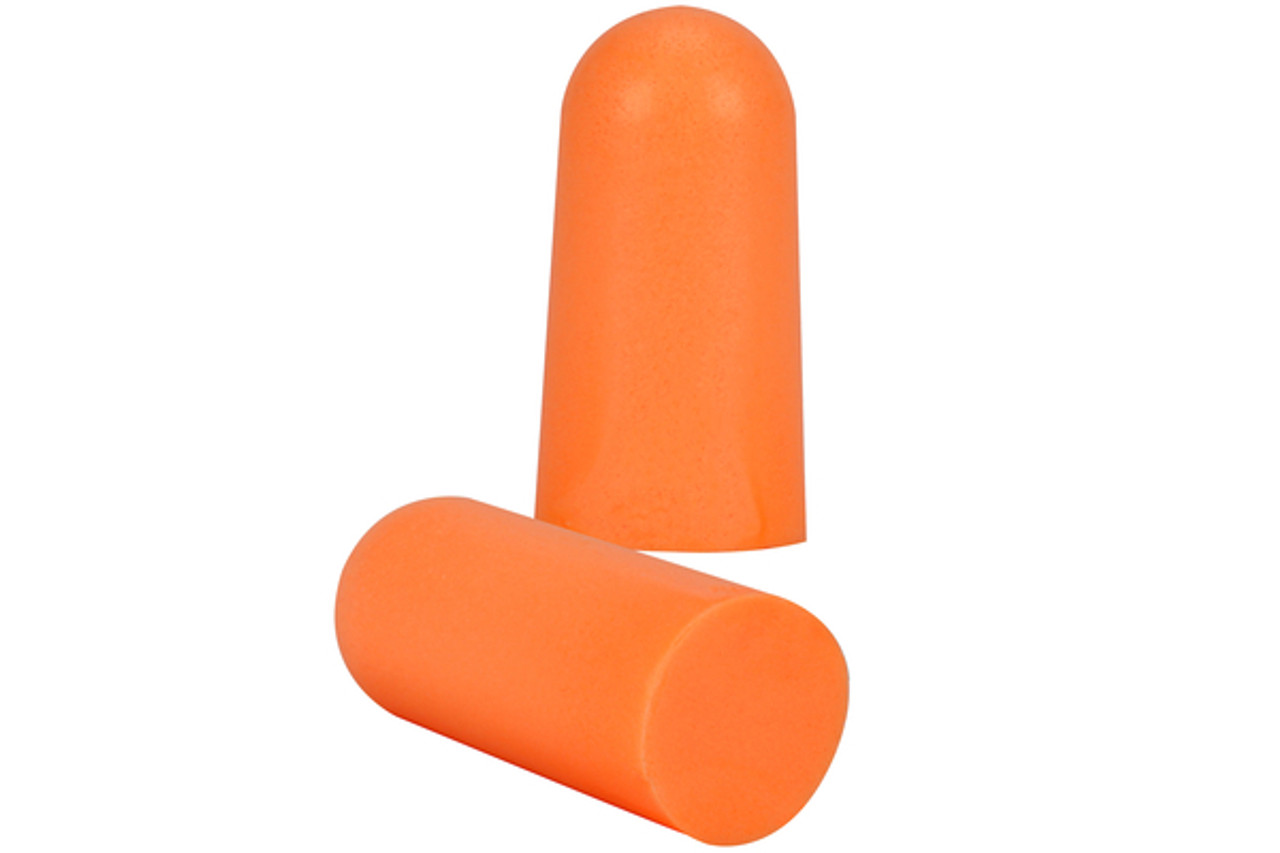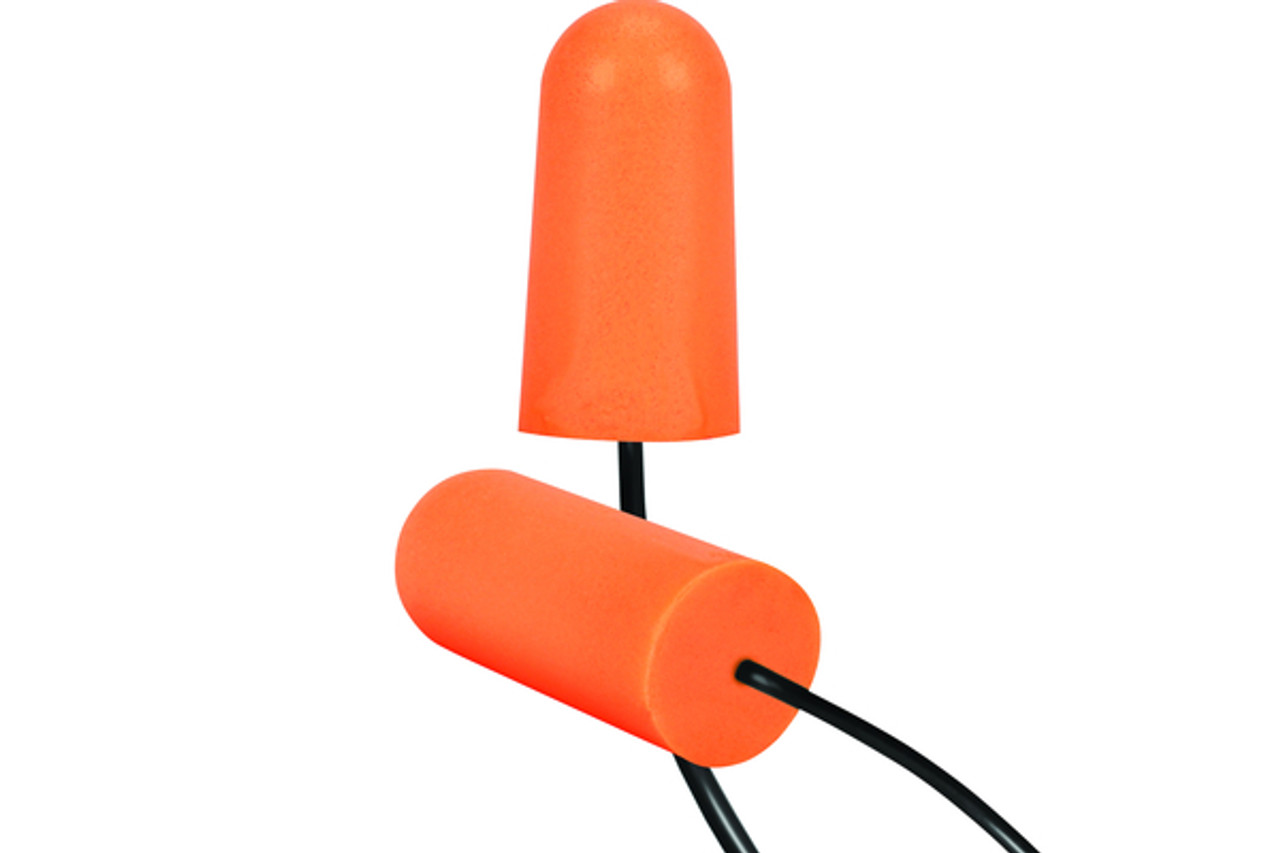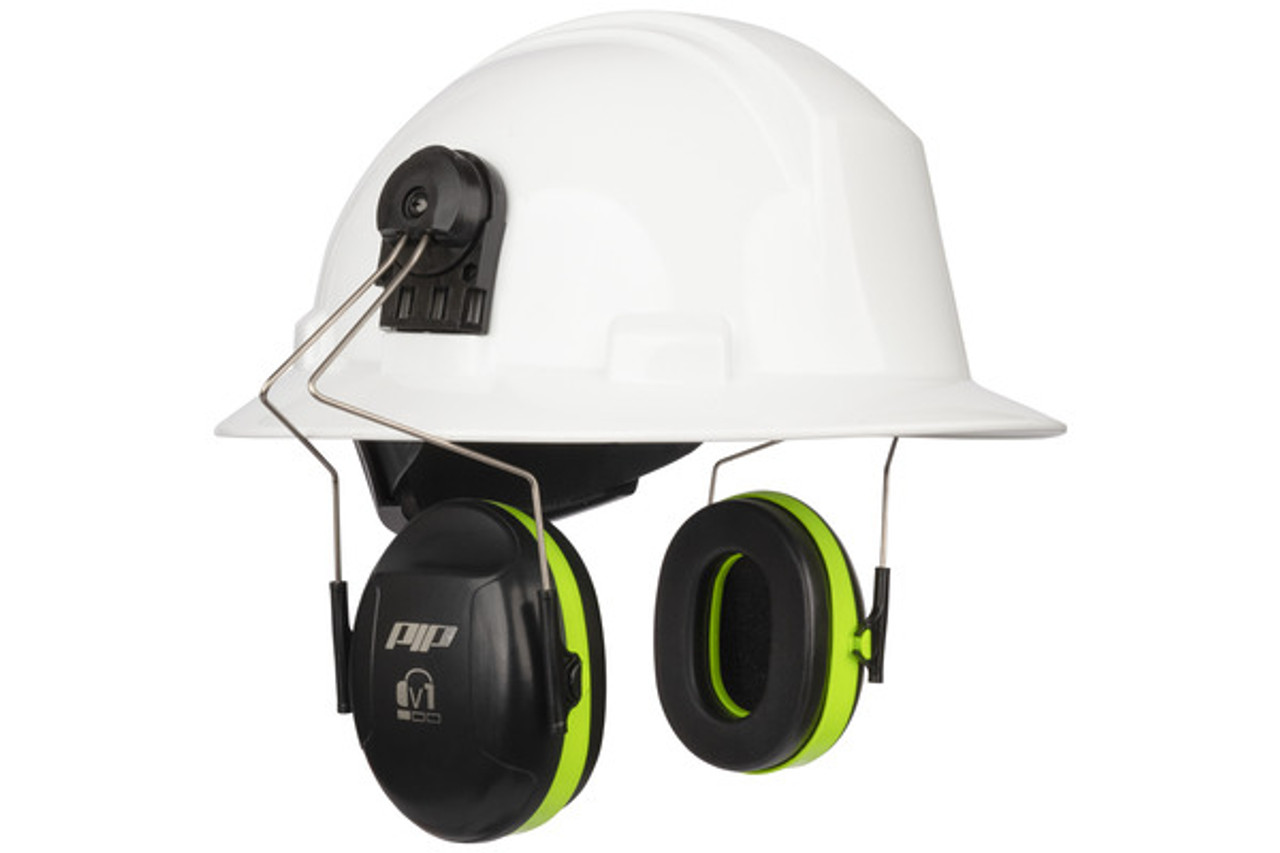Hearing Protection Ear Muffs & Ear Plugs
Hearing Protection, Ear Muffs & Ear Plugs
Hearing protectors are an essential part of an effective PPE programs
Noise Induced Hearing Loss – or NIHL for short – is popping up everywhere. This is what is considered a slow injury. Hearing loss isn’t something that will happen instantaneously, but over a long period time before it is recognized and, when it finally is, it is probably too late to regain that hearing loss.
NIHL is 100% Preventable with the correct hearing protection. Obviously wearing hearing protection should be a part of any companies PPE program, along with gloves, hard hats, hi-vis gear, etc. However, without going into why we should wear hearing protection, we want to explore the 3 most important aspects of hearing protection: Level of Sound Required, Fit, Need to Communicate
Level of Sound Required – how much “excess noise” do we want to filter out by wearing earmuffs and earplugs. All Earplugs and Earmuffs measure the amount of noise they filter through an NRR Rating, Noise Reduction Rating, which is measured in decibels. Assuming the hearing protection is worn correctly, this is how much noise reduction that they provide. To know how many decibels you are exposed to, there are numerous apps you can download on your phone (Decibel X, NIOSH Sound Level Meter, etc) that can measure the decibels. Whatever decibel for sound you come up with, you can subtract the NRR rating to get what should be the new decibel rating after wearing the hearing protection devices. The NRR Level is calculated in a lab, but real work use says that the equipment must be worn properly to get the full effect of the NRR rating.
Fit – it doesn’t matter what type of hearing protection you provide or want to wear, if it doesn’t fit correctly and people don’t like what they wear, they won’t wear it. Fit is the most important aspect of hearing protection. When using earplugs that are made of a soft material, it is important to roll the earplugs up between your fingers first then place in the ear canal and allow them to expand. Earmuffs have to be comfortable as well and fit over the ear and create a good secure fit around the around.
Need to communicate – if earplugs are going to be worn for long periods of time consecutively, there probably isn’t a huge need to communicate. However, if the user needs to communicate with others and take the earplugs/earmuffs on/off a lot, it may be better to get earplugs that have a cord attached (easy to hang around the neck or attach to safety glasses). Also, some earmuffs come with neckbands, which allow the user to wear the earmuff around the neck when not in use so they are easy to slide on and off.
Now that we have looked at some of the most important aspects of hearing protection, let’s see what we offer at different ranges, some differences between them. Finally, and I cannot stress this enough, but the user should be the one to decide about the hearing protection they wear. This allows them to be the one responsible for wearing it and comfortable wearing it.
All of our earplugs can be found here: Ypers Hearing Protection
Some great options would be:
Earplugs
|
|
|
|
|
|
|
|
|
Earmuffs
|
|
|
|
Earmuffs for Hard Hats
|
|
|
 Sonis 1 Cap Mounted earmuff |
|
|
|
|



















